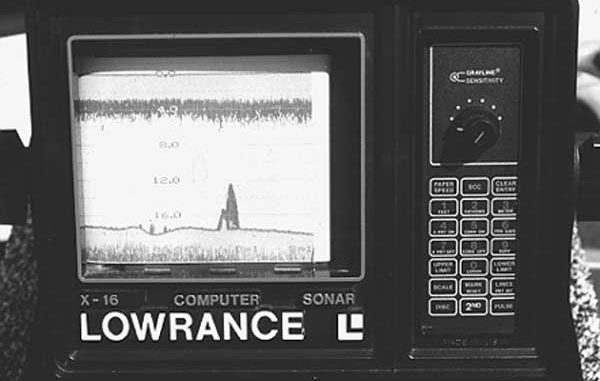
Maximize your deer-hunting opportunities by taking advantage of the state’s generous muzzleloader seasons.
A couple of decades ago, I was a diver for the Dallas Fire Department, one of the last people anyone wanted to need to find a friend or family member.
Open-water dive operations consisted of dropping a grid of buoys in the search area and then sending two-man teams down to swim overlapping search patterns between the buoy anchors.
Low underwater visibility, inaccurate witness reports and submerged trees and other obstacles made these operations long and tedious.
Things changed for the better in the early 1980s, thanks in large part to Thayne Smith, then director of public relations for Lowrance Electronics.
His book, “In a Time of Need,” explained how to use paper chart-recording fish finders for search and recovery work. It became a popular handbook for search-and-rescue divers, game wardens hunting for illegal nets and police departments searching for submerged evidence.
Smith’s book explained how to set up a grid of buoys around the edge of a search area and then run the grid at trolling speed while printing an accurate picture of everything on the bottom. The grid markers were set according to the width of the fish finder’s transducer beam with enough overlap to prevent missing anything.
Fishermen discovered they could employ this same technique to form homemade topographic maps of ponds, small lakes and favorite fishing areas on large bodies of water. It still works.
Submerged objects were easy to pinpoint using a technique from Smith’s book. When the object appeared on the chart the first time, you continued in a straight line for about 20 yards. Then you made a U-turn and came back along your motor’s exhaust bubble trail toward the object.
You picked up a marker buoy, and the instant the object started to print on the chart, you dropped the buoy. You then continued in a straight line for another 20 yards, made another U-turn and came straight back toward the first marker. You dropped a second marker buoy just as the object started to print again on the chart.
Moving off to the side you then repeated that procedure dropping a third and fourth marker on a line that intersected the first line right between the original buoys at 90 degrees. The idea was to drop each buoy as the search object was first contacted by the leading edge of the sonar beam.
Doing this from four opposing directions put the search object right in the middle of the four buoys. This is still a great way to pinpoint the location of any underwater object.
Smith’s book is long out of print, and things have changed. Lowrance units used for search and recovery today record their scrolling sonar picture electronically and use WAAS-accurate GPS waypoints instead of buoys to mark search grids.
One man sitting in a command post vehicle can set up a grid of waypoints surrounding a search area and form a route between the waypoints that covers the grid. Then, he hands the sonar/GPS combo unit to an officer who plugs it in on a boat or personal watercraft. The officer starts the recording function, and steers his craft to follow the on-screen arrow until he covers the whole route. He takes the unit back to the command post, where the recording is examined.
Both sonar and GPS information are recorded so each object on the sonar picture is geo-referenced. The recorded sonar picture can be zoomed and viewed with increased sensitivity, letting the on-site sonar expert see things that might have been missed during the original recording. He marks the things most likely to be the search object with waypoints and hands the unit back to the search officer, who then directs divers to those spots.
This same basic process can be used to find and mark potentially hot fishing spots in unfamiliar waters. Since you are the sonar expert, a recording unit isn’t absolutely necessary. You can grid a search area with any GPS unit, and save the locations of hotspots as you see them on your fishfinder.
Time on the water should be fun and if borrowing tips from sonar’s serious side can add to it, so much the better.


